A History of Art Deco
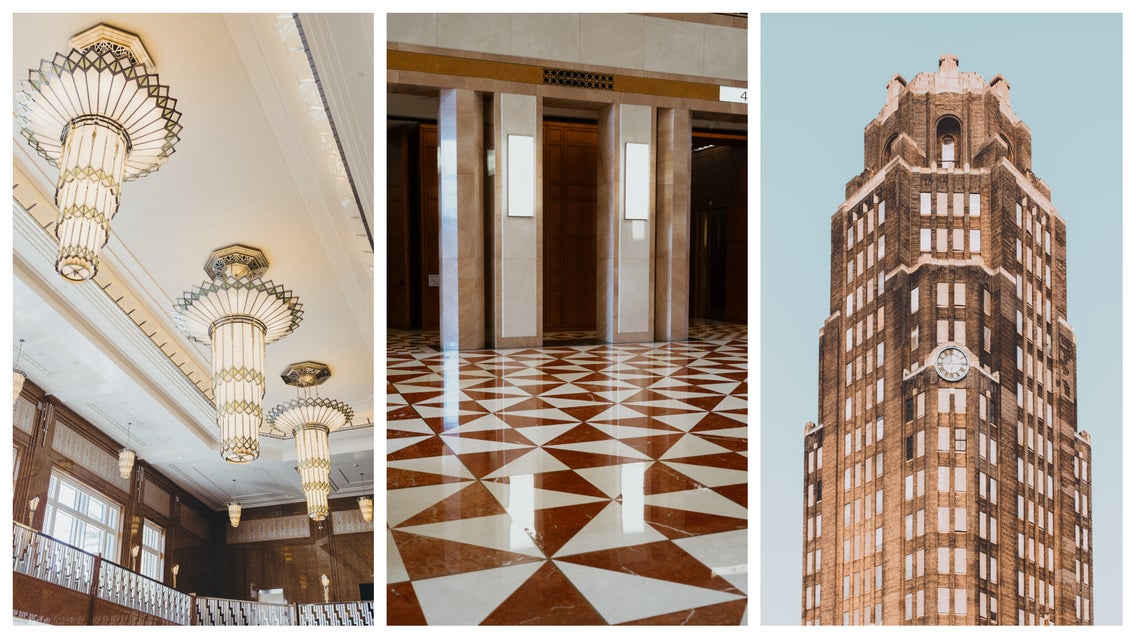
Art Deco, from the French arts décoratifs, is a style and era of art, architecture, fashion, and design. The Art Deco movement was popularized in Europe in the 1910s and in the United States in the 1920s. The style is characterized by symmetry, geometric patterns, and metallic finishes like gold and chrome – think the strong lines and modern opulence of The Great Gatsby. At its peak, the style was reflective of a newly modernist, forward-thinking perspective on the future. In this article, we’ll take a look at how Art Deco came to be, how it impacts modern art and architecture to this day, and how you can add Art Deco charm to any of your creative projects in the Graphic Designer.
What Is Art Deco?
Art Deco is defined by geometric shapes, symmetrical designs, and sleek, straight lines. Early Art Deco was particularly luxurious, making use of exotic woods, metals like onyx and gold, and other lavish materials like ivory, leather, and mother of pearl. As the movement progressed, it became more defined by the use of modern materials like chrome, aluminum, and plastic; over time, designs also became simpler and sleeker, but still retained a sense of opulence.
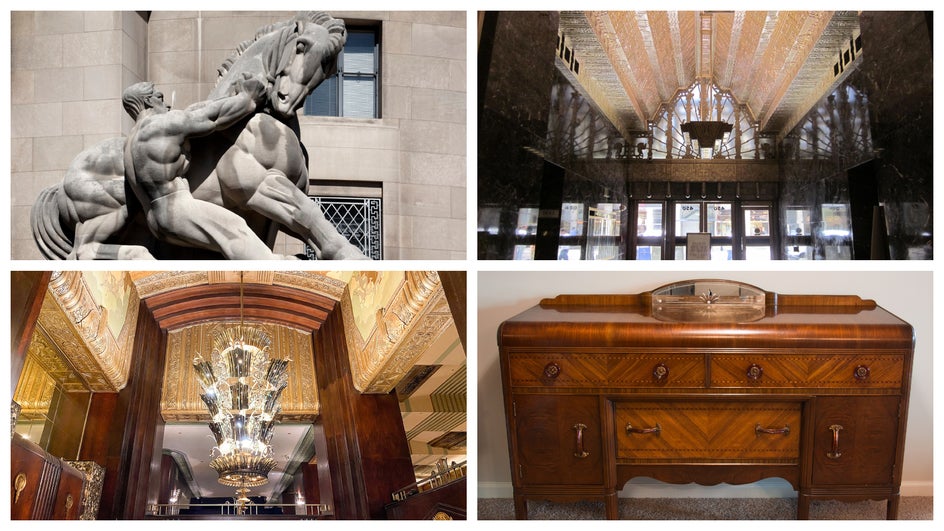
The classic black, white, and gold combination may come to mind when you think about the colors of the Art Deco period. However, the era was more colorful than you might think. Textiles, jewelry, and interiors were full of rich reds, blues, yellows, and greens.
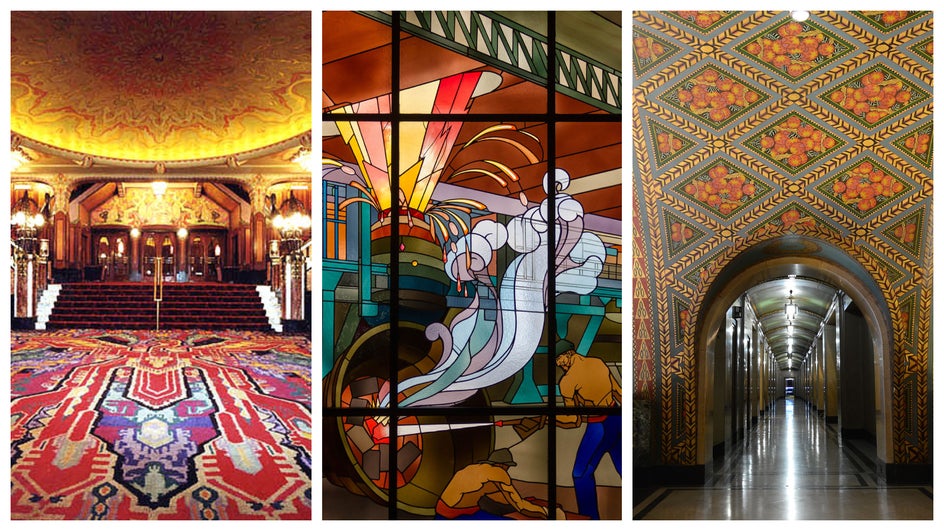
One important aspect of Art Deco was that it was not reserved for visual art and sculpture. Fashion, jewelry, furniture, textiles, vehicles, and other everyday products could be – and were – produced in the Art Deco style. This use of the style in the applied arts is part of what gave the 1920s such a definitive, cohesive look, especially in the United States.
What Are the Origins of Art Deco?
The Art Deco aesthetic gained traction right off the heels of the first World War, during a time of great change and new economic security in Europe and the US. It was named for the Exposition internationale des arts décoratifs et industriels modernes, a World’s fair that was held in Paris in 1925.
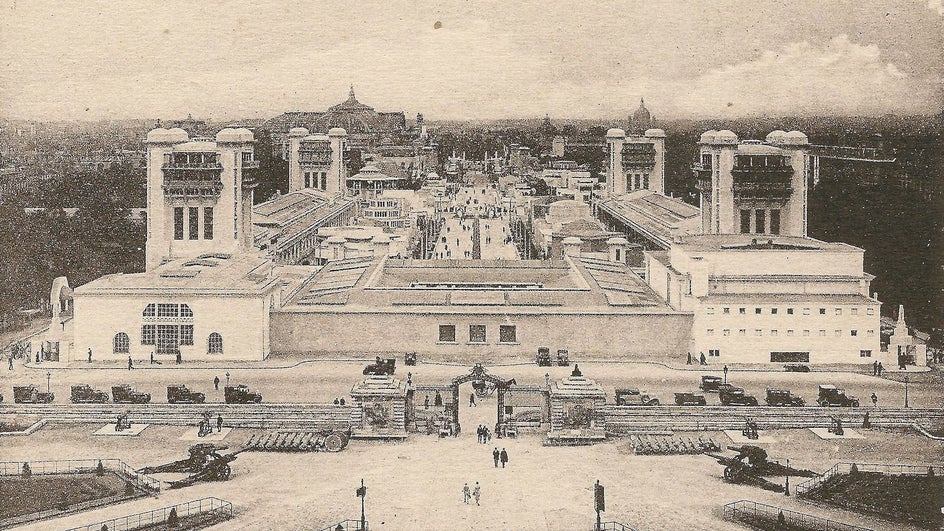
This fair, with more than 15,000 exhibitions from 20 different countries, was developed to showcase the “style moderne” that was popular throughout Europe at the time. After the exposition, the style moderne made its way to the United States, where it was referred to as Art Deco by one of its detractors. At the time of its popularity, it was referred to more often as “le style moderne” or “Jazz Moderne.” The slightly later, stripped-down version that was very popular in the U.S. was also referred to as “Streamline Moderne. “
The Art Deco era was unique for its time in that it wasn’t trying to replicate a past age, like the neoclassical style, which was a revival of Greco-Roman antiquity. Instead, while it was influenced by classicism, it primarily drew from more contemporary art movements like Cubism and Futurism. You can see some of this in the strong, straight lines and bold shapes that are characteristic of the style.
Art Deco looked toward the future, not only in its new visual style, but in its embracing of new materials and industrial advancements like plate glass and reinforced concrete. It was optimistic about the new era of social and technological change that defined the 1920s.
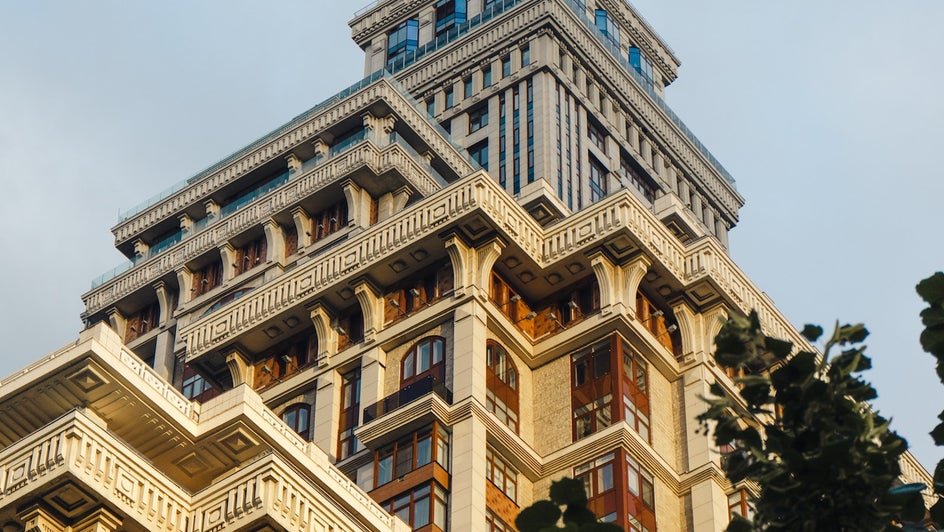
Art Deco and Art Nouveau
Art Deco also built upon Art Nouveau, an ornate, organic style popular in the 1910s that began to bridge the gap between fine arts (painting, sculpture) and applied arts (architecture, product design). In both movements, there was a focus on using this decorative art style to make buildings, cars, household items, and other practical objects works of art in their own right.
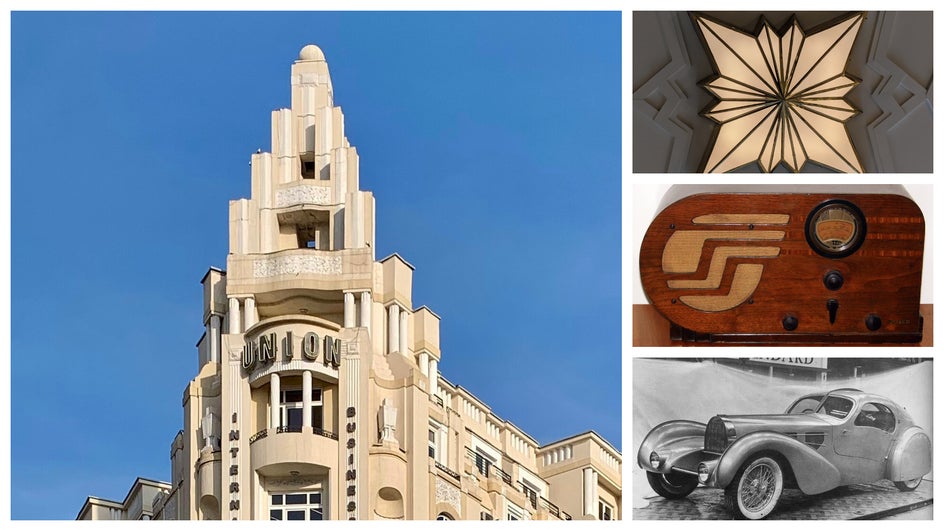
Art Deco In Architecture
Art Deco is most commonly seen today in architecture. Famous Art Deco buildings all over the world were constructed throughout the 1920s. One classic example is the Chrysler Building in New York City, which was one of many skyscrapers designed in the Art Deco style, and one of the most ostentatious. The interior of the Chrysler Building, from the columns to the elevator doors, remains one of the best examples of Art Deco interior design today.
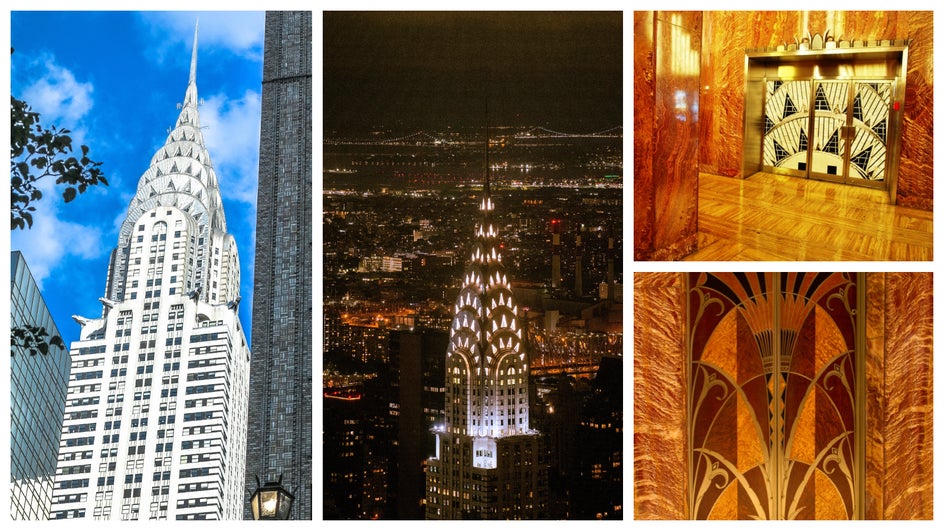
The Empire State Building is also in the Art Deco style, albeit in a more understated way than the Chrysler Building: Note the zig-zag architecture as the building gets taller; the modern, geometric simplicity of the skyscraper’s lines; and the opulence, symmetry, and reflective materials used in the lobby’s mural.
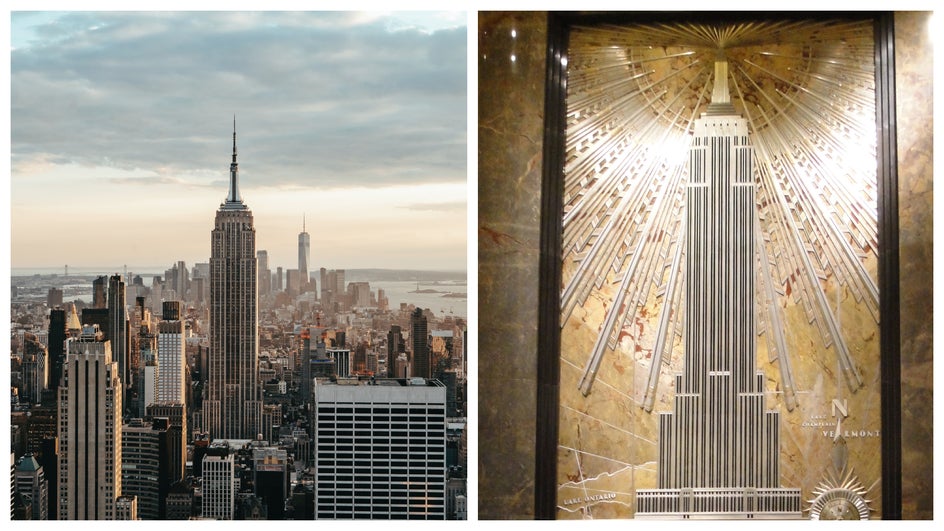
Christ the Redeemer, the famous 98-foot statue of Jesus in Rio de Janeiro, Brazil, is an Art Deco sculpture constructed in the 1920s. It is characterized by straight lines and symmetry, and is made of reinforced concrete, one of the popular Art Deco building materials of the time.
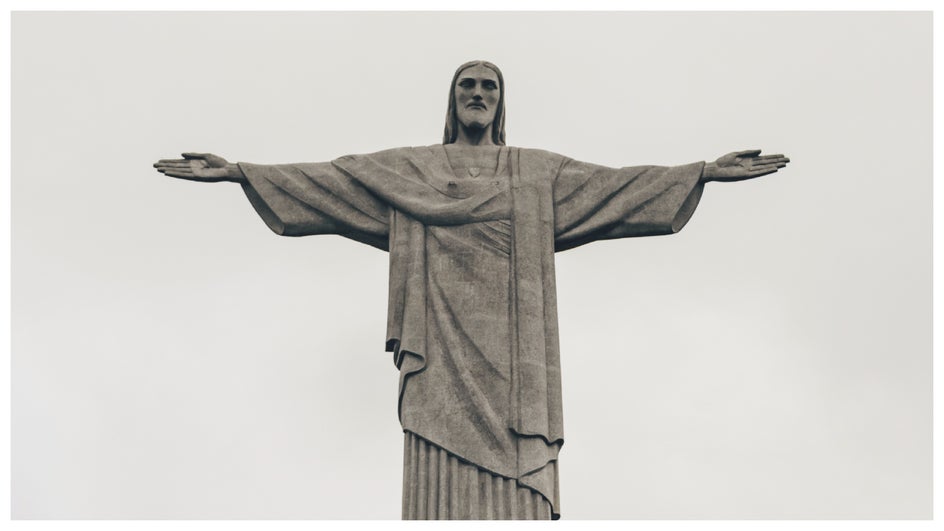
Art Deco and Visual Arts
Household objects made in the Art Deco style combined visual artistry with practical use. In the visual arts, Art Deco could most often be seen in commercial art such as posters, ads, magazines, and product packaging.
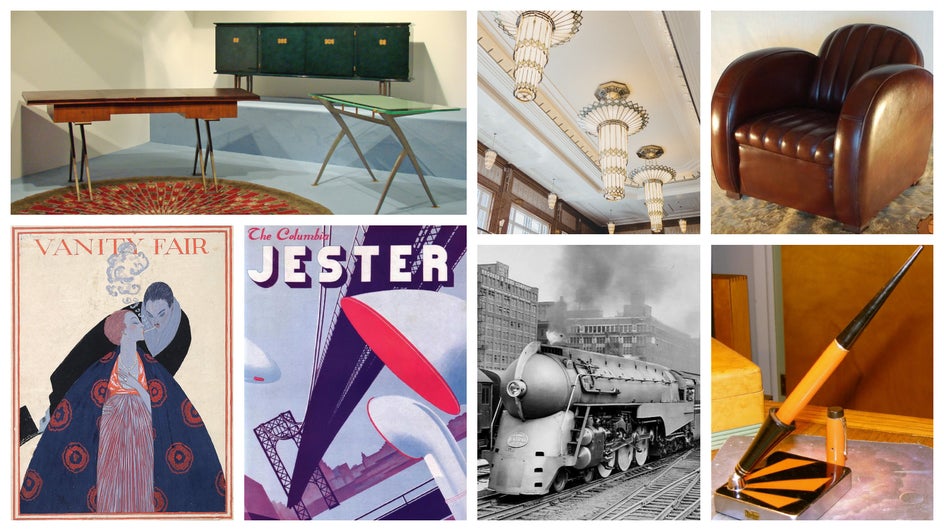
Art Deco In Modern Design
The influence of the traditional Art Deco style can still be felt in contemporary visual design, especially in architecture, interior design, and textiles. With a burgeoning return to maximalism, texture, and geometry in interior design, certain aspects of the Art Deco style may come to define the 2020s, as well as the 1920s!
Now, a hundred years from the height of its popularity, Art Deco straddles the line between classic and modern. It feels timeless rather than antiquated. In graphic design, Art Deco motifs are an easy way to invoke a sense of class and luxury without feeling over the top.
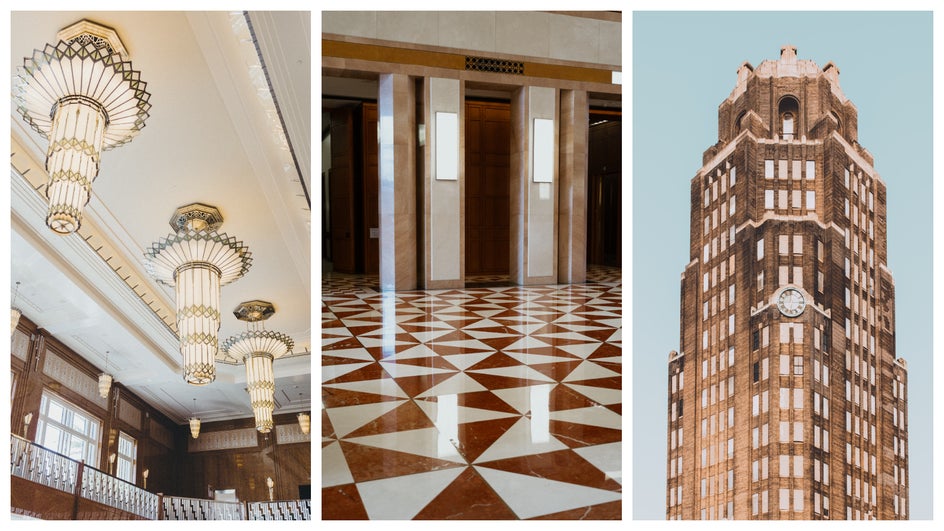
You can add an Art Deco flair to any of your designs – posters, cards, collages, and more – using the BeFunky Graphic Designer. To use one of our Art Deco templates, just search “Art Deco” in the Templates section when creating a new canvas!
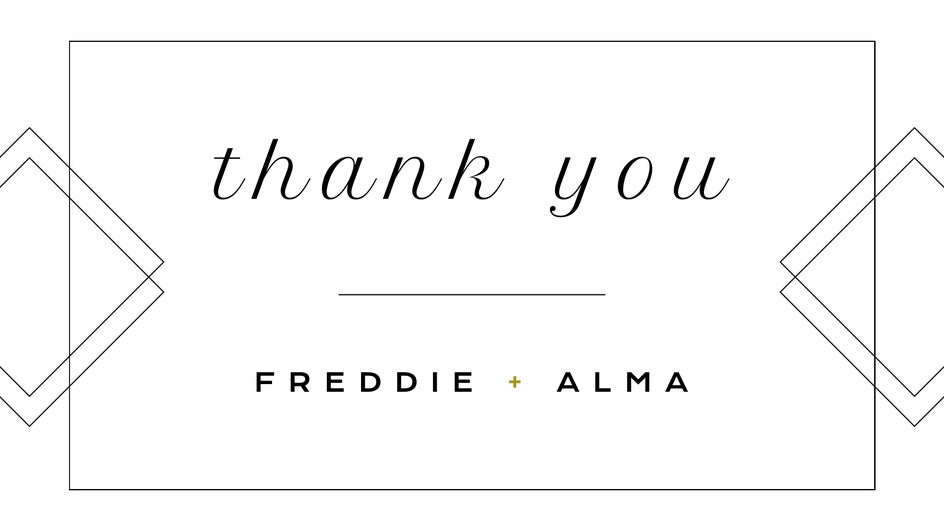
To add more Art Deco embellishments to an existing design, you can also search the Befunky Graphic Library. Dozens of different geometric elements along with clean, modern fonts can help you create the Art Deco project of your dreams.
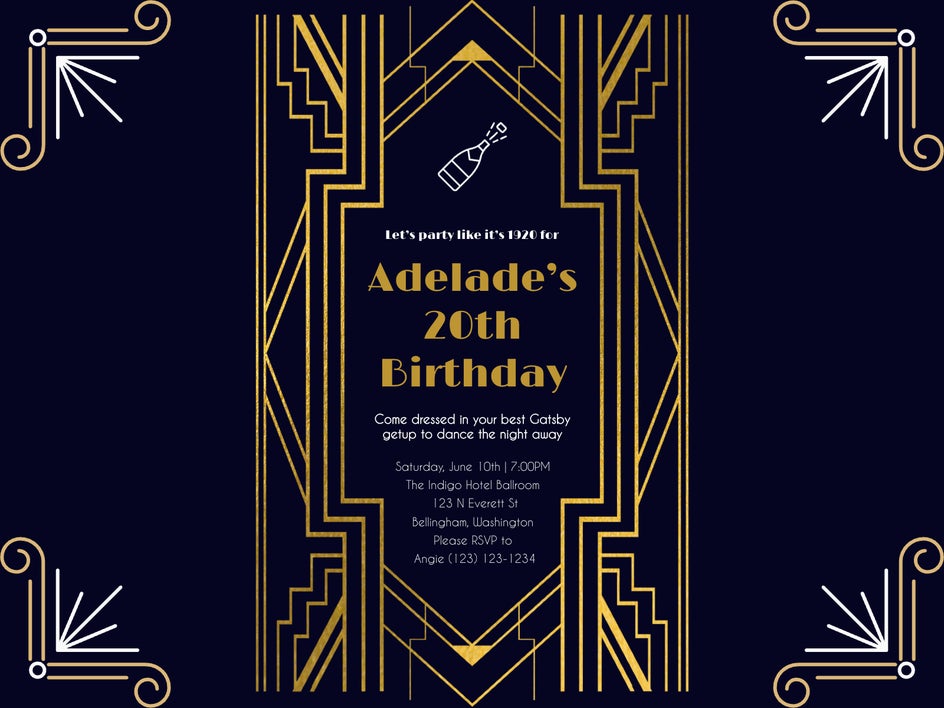
Apply the Art Deco Style to Elevate Your Designs
Art Deco is a timeless style that continues to influence art, architecture, and visual design. With its glossy textures, sleek lines, and ornamental symmetry, it works to balance both simplicity and grandeur. Looking for a way to elevate your designs? You can try out the Art Deco style for yourself today in the Graphic Designer!















